Perfectly imperfect: Why the unfussy charm of block-printed textiles is winning us over
Technical precision may be a reassuring quality in a car (particularly when it’s driven at breakneck speed), but it’s not desirable in everything says Giles Kime.
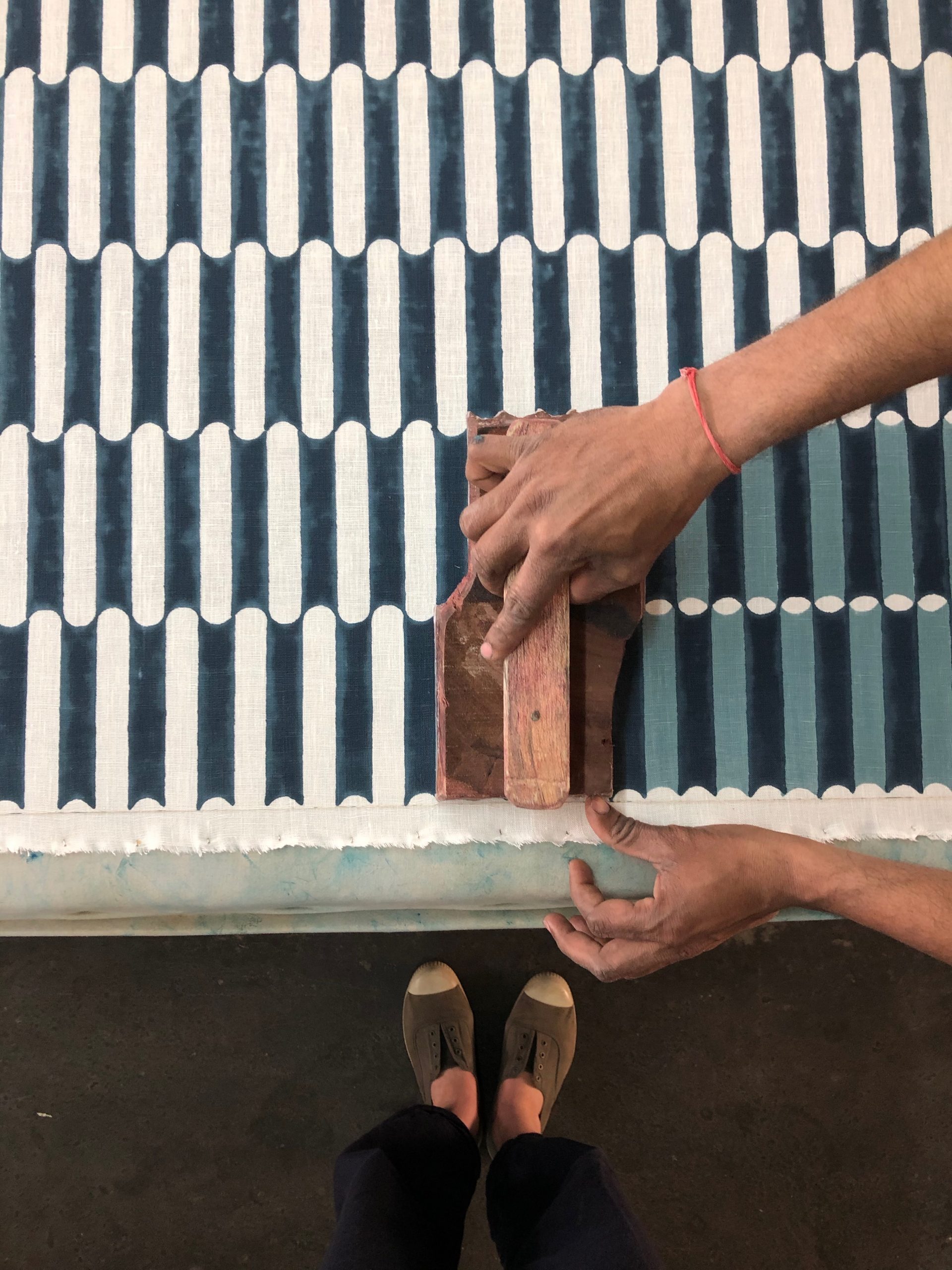

Technical precision may be a reassuring quality in a car (particularly when it’s driven at breakneck speed), but it’s not desirable in everything. One great attraction of furniture and textiles made by hand is that most have a degree of inconsistency that ensures that no item is exactly the same as the next.
It’s something that helps to explain the enduring appeal of pots, baskets and textiles that are thrown, woven and printed by hand. The latter, in particular, are enjoying a huge renaissance, partly because of their artisanal character and also because they have a simplicity that lends itself to a current yearning for unfussiness.
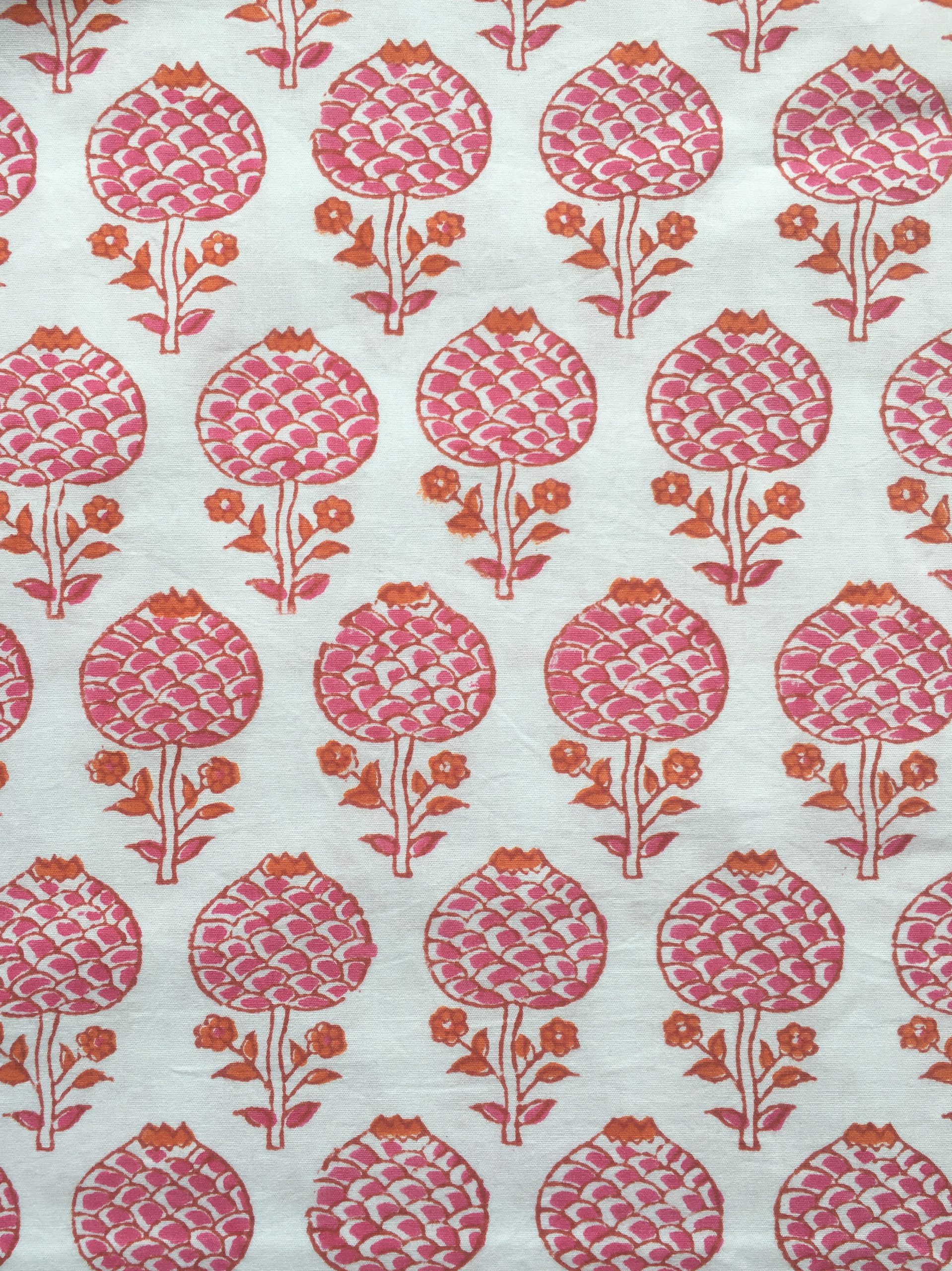
Printing textiles with wooden blocks is thought to have started in China several millennia ago, but its full potential wasn’t fully realised until it was adopted by Indian textile manufacturers in the Middle Ages.
The process might be laborious, but the rewards are great; although block prints don’t have the detailed perfection of mechanised printing, they have charm by the bucket load.
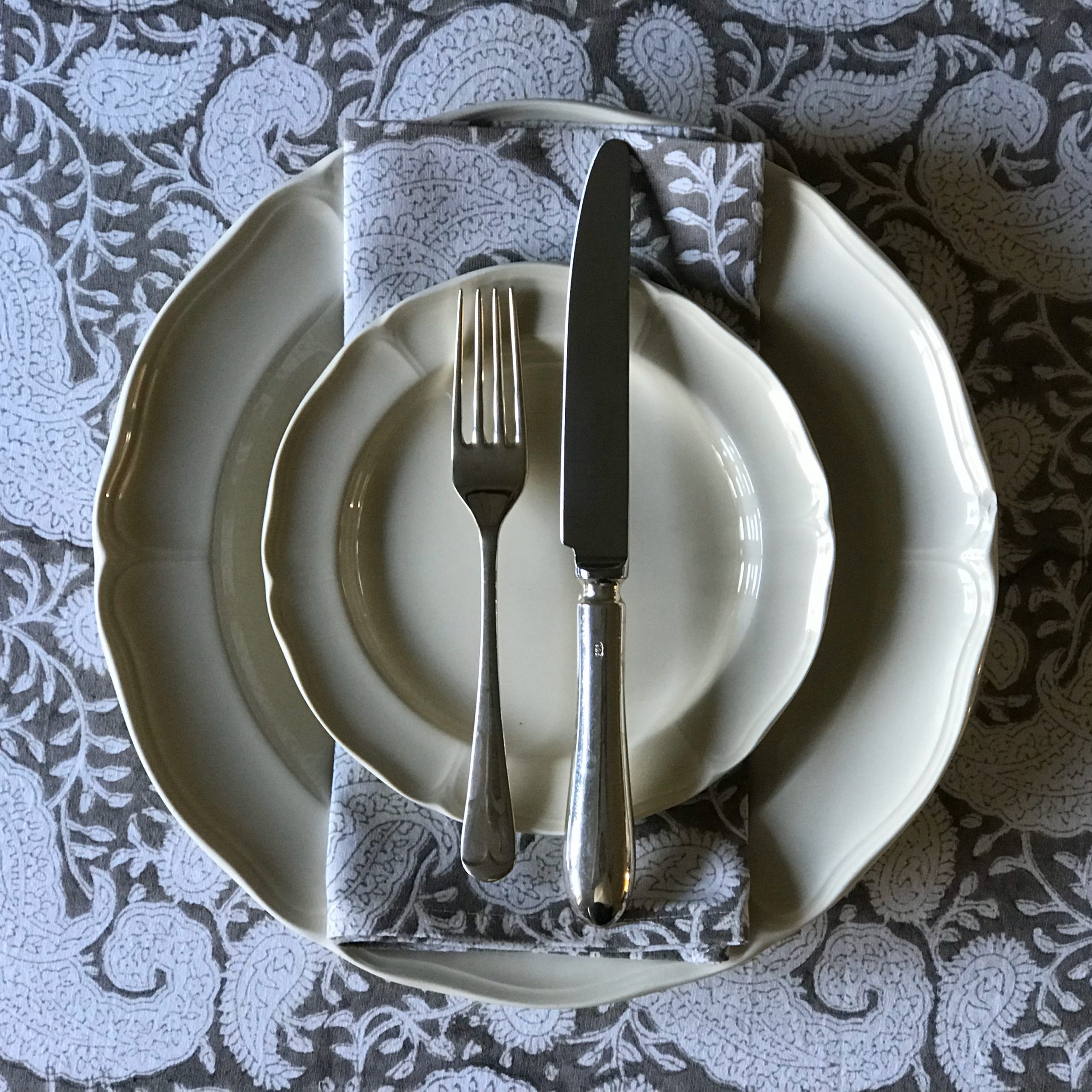
Block prints come, broadly speaking, in two styles; those that are true to the decorative traditions of Indian block printing, such as those offered by Nano Sefton, owner of the Pigott’s Store in Sydney, available from The Mews Fabrics + Furnishings and also by Block + Dye, a new capsule collection of cushions, table linen and accessories. Pukka Print also does an impressive range, available from Tissus d’Hélène.
The other styles are variations on a theme, such as those created by Penny Morrison, who, more than a decade ago, saw the possibilities of commissioning her own designs. She now uses other printing methods, but the look and feel are the same.
Recently, Molly Mahon has followed a similar route and has established a range of block-printed textiles and accessories, as well as block-printing workshops. For anyone tempted to try it, she offers tutorials on Instagram TV and YouTube.
Sign up for the Country Life Newsletter
Exquisite houses, the beauty of Nature, and how to get the most from your life, straight to your inbox.
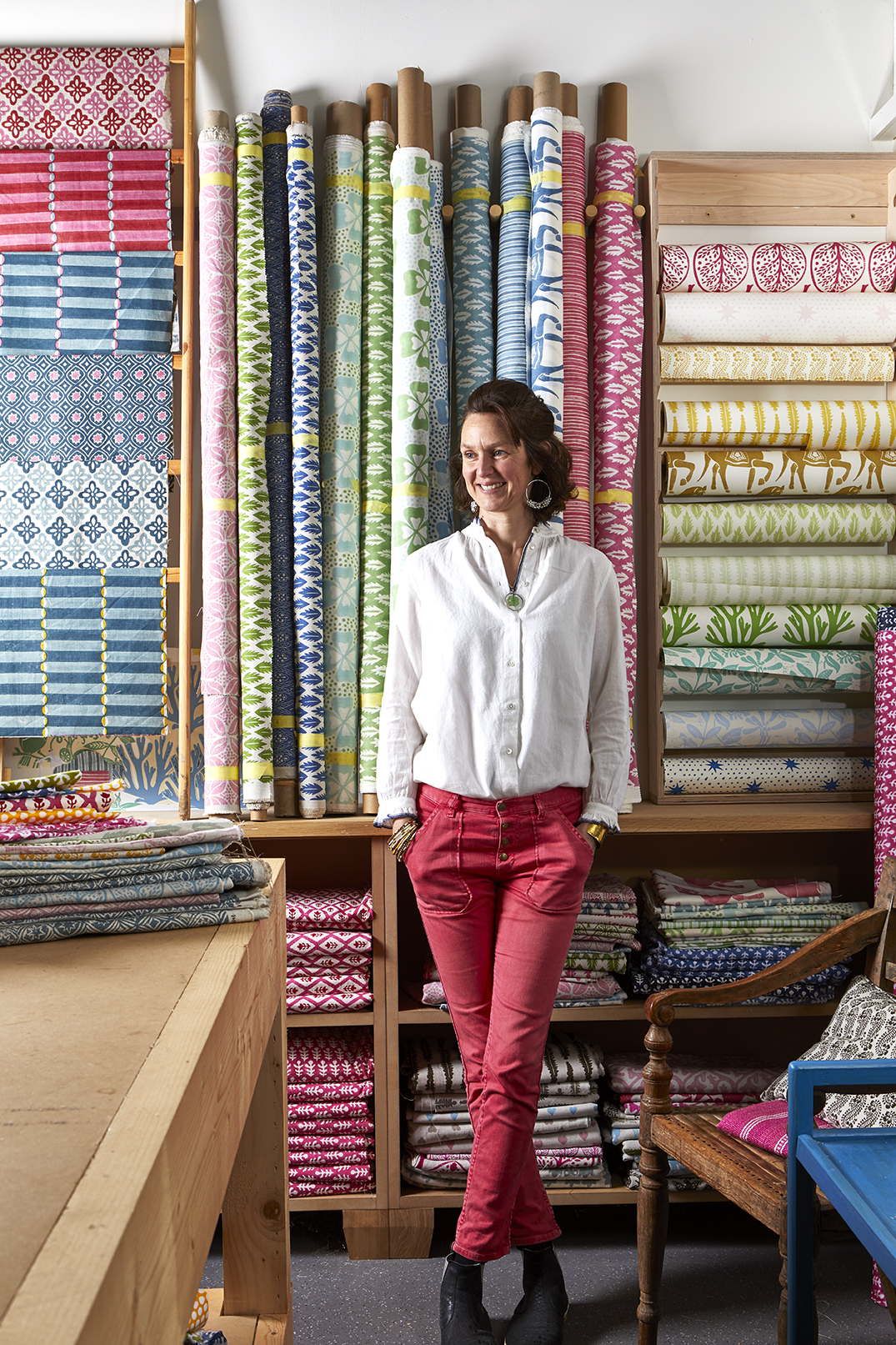
Where block prints are really having an impact right now is in lampshades; the lightweight fabrics on which they are printed lend themselves to being gathered. Another good source is Vaughan Designs and Ashoka, which sells, among other things, a range of block-printed lampshades and bedspreads.

Credit: www.100handpicked.co.uk
Beyond Pinterest: The best ways to ensure your lovely objects aren't exactly the same as everyone else's
Giles Kime asks whether the the ‘digital pop up’ the answer to the homogeneous home.
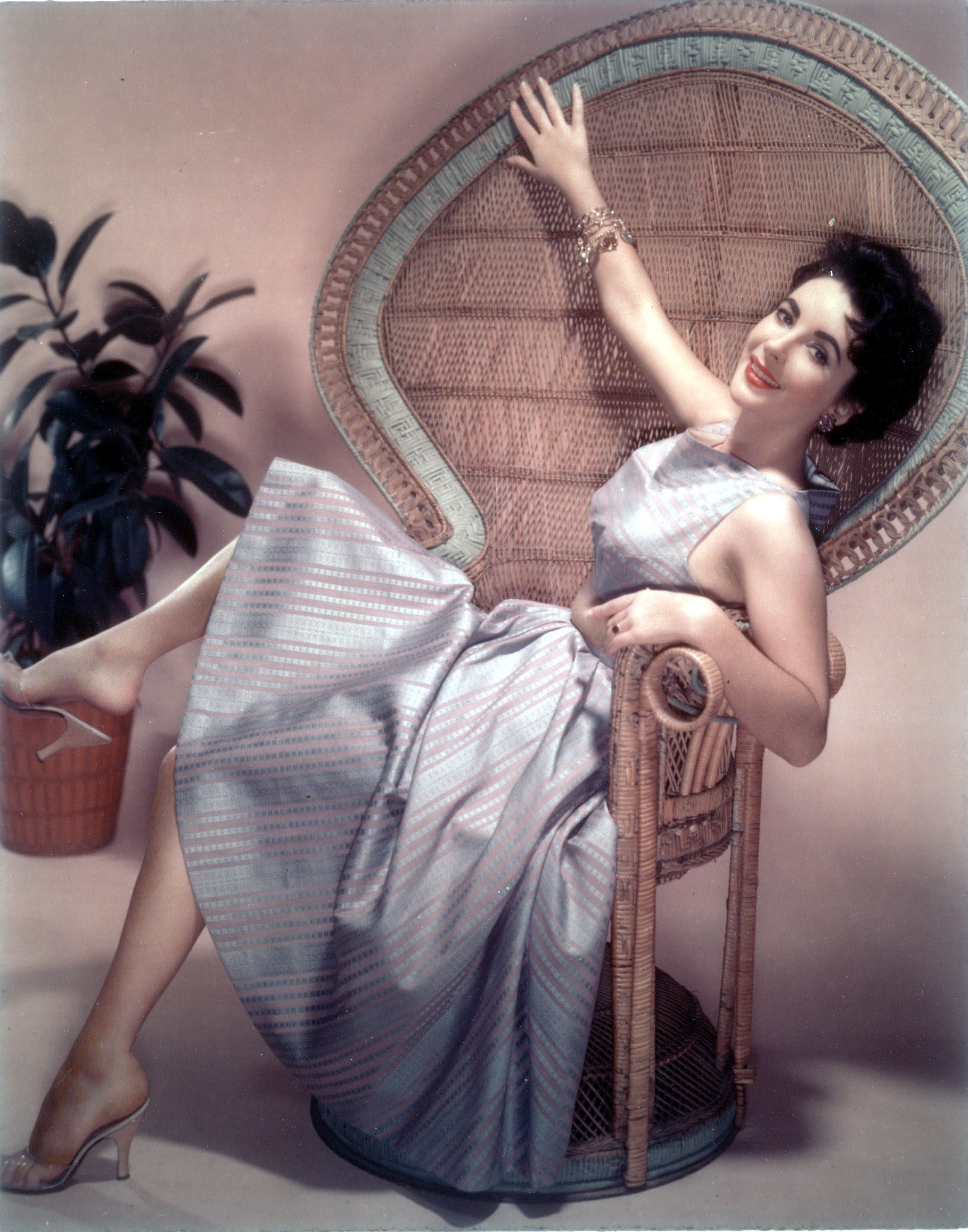
The special magic of rattan, the furniture which almost forces you to recline languorously and have fun
A new book extols the virtues of rattan — and Giles Kime is absolutely sold.
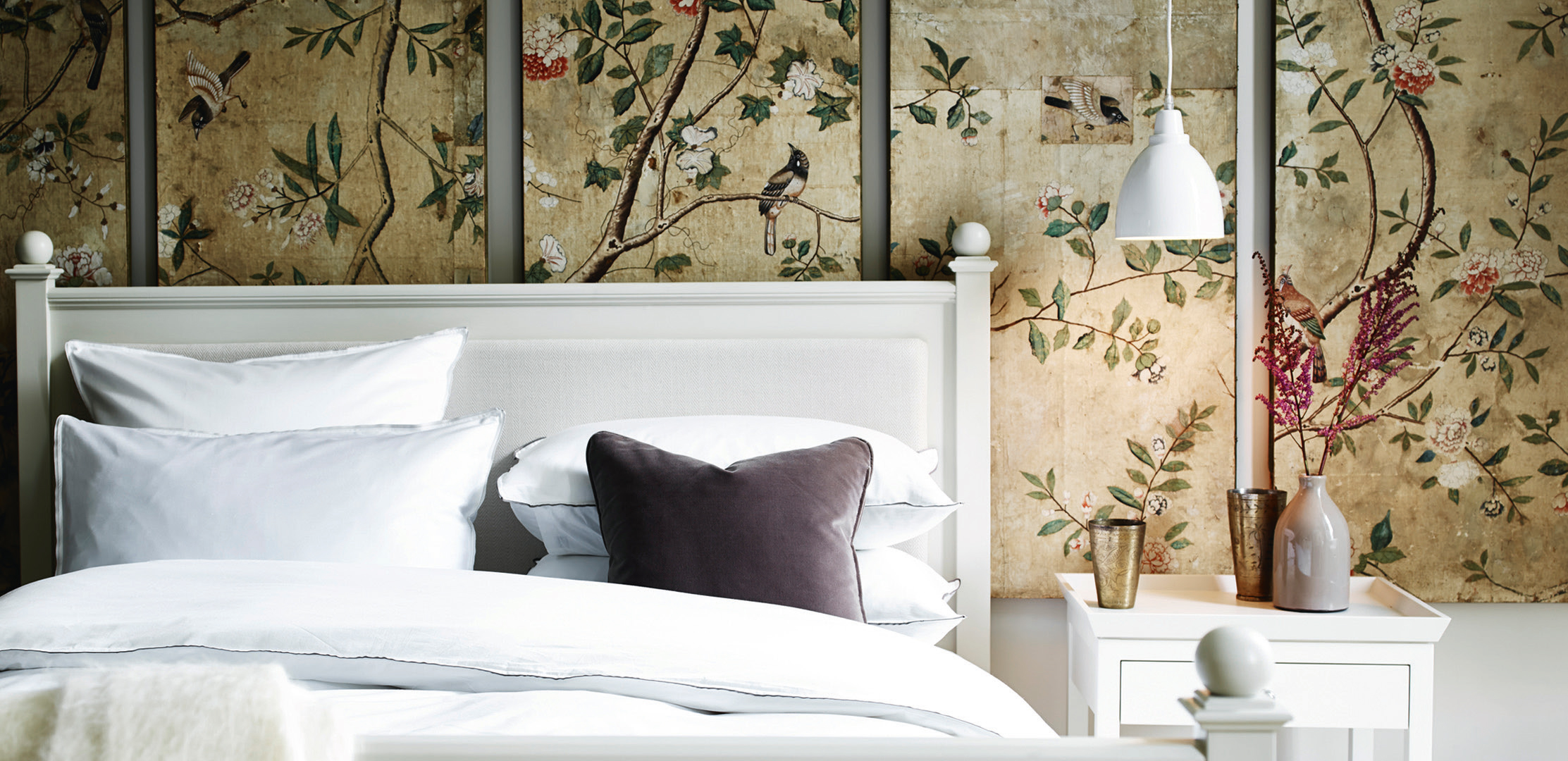
Credit: Rothschild & Bickers
Perfect pendants: Shedding light on why they've taken over from our precious table lamps
Pendant lights are plumbing new depths - Giles Kime finds out why.
-
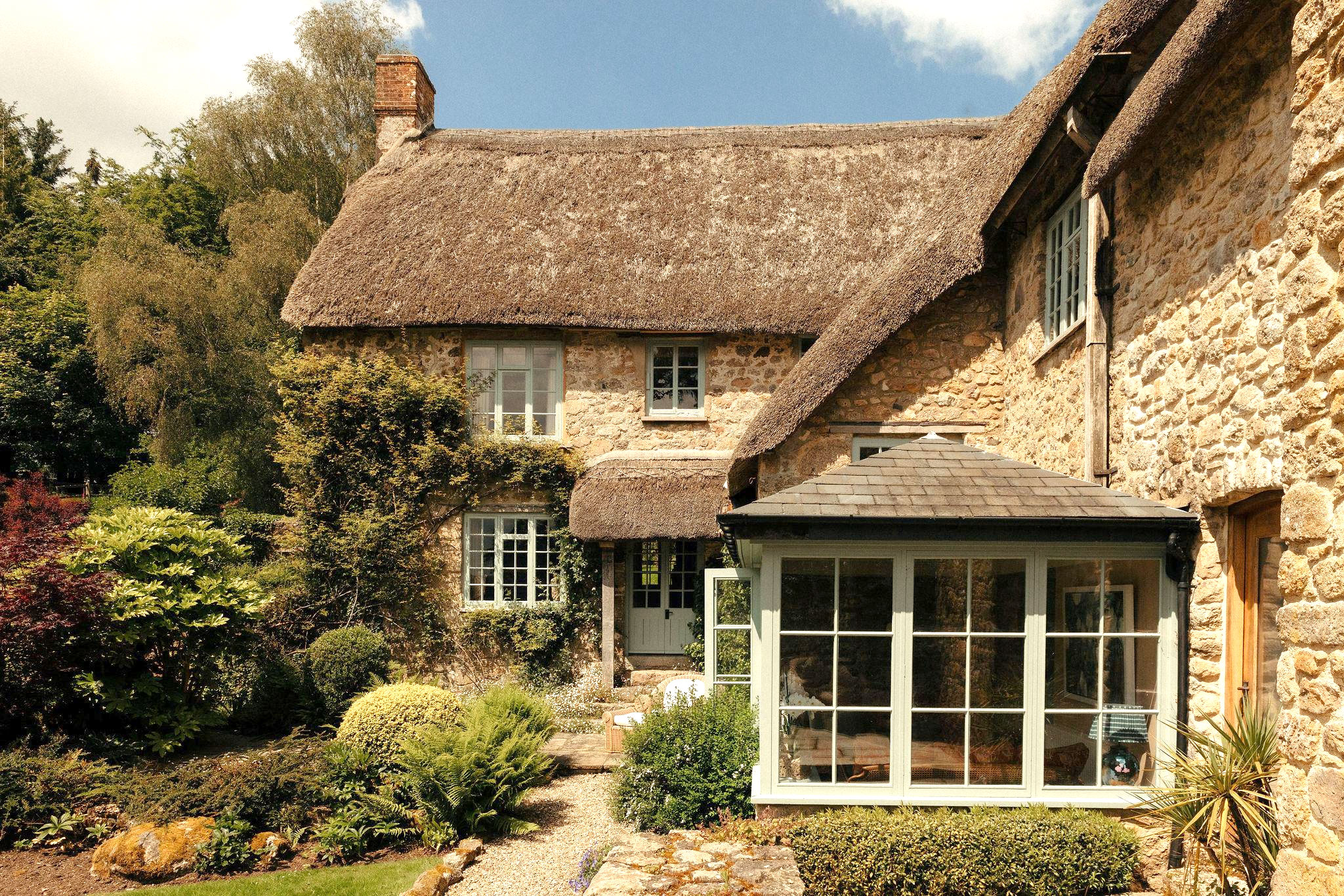 Five beautiful homes, from a barn conversion to an island treasure, as seen in Country Life
Five beautiful homes, from a barn conversion to an island treasure, as seen in Country LifeOur pick of the best homes to come to the market via Country Life in recent days include a wonderful thatched home in Devon and a charming red-brick house with gardens that run down to the water's edge.
By Toby Keel Published
-
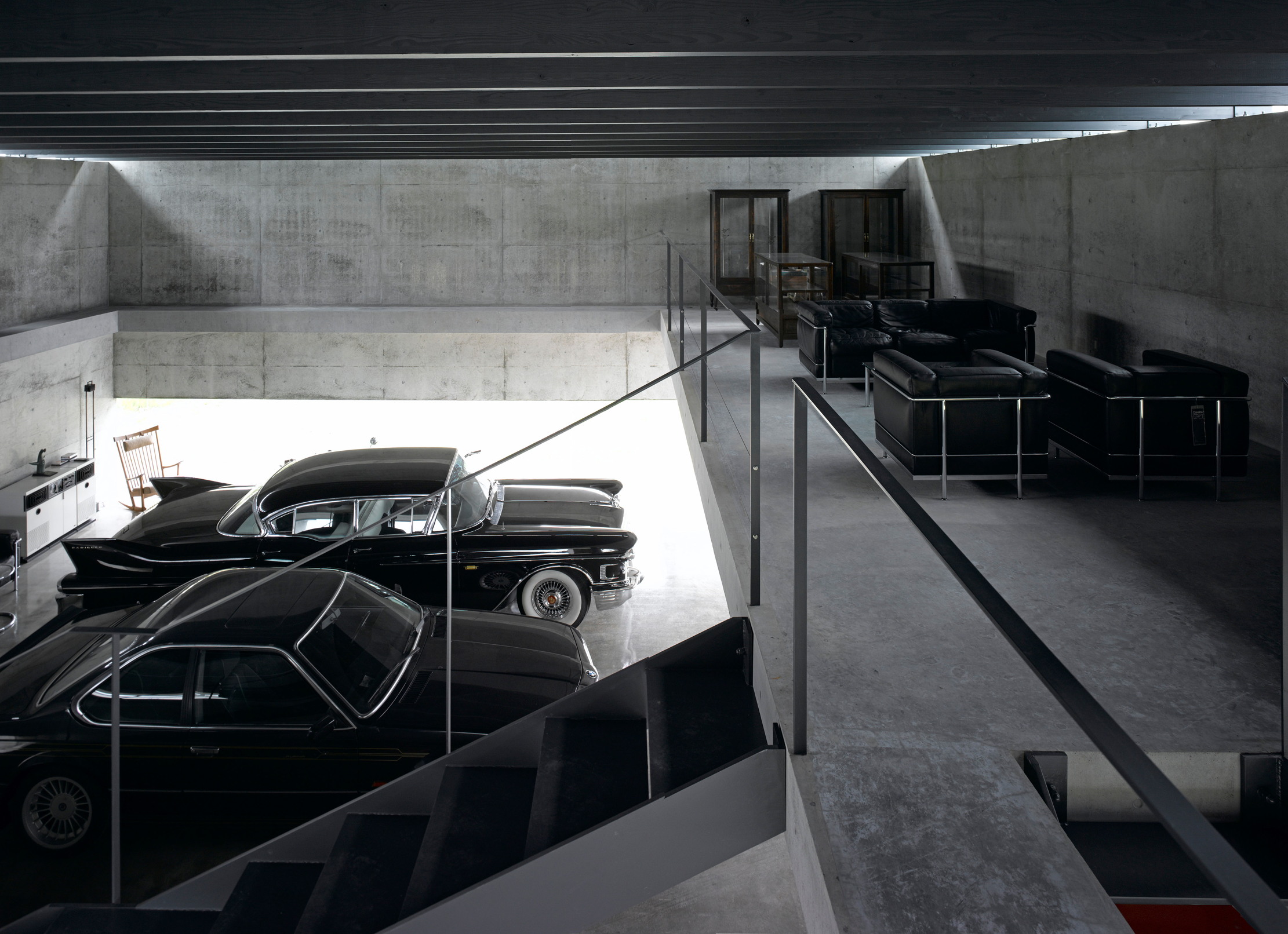 Shark tanks, crocodile lagoons, laser defences, and a subterranean shooting gallery — nothing is impossible when making the ultimate garage
Shark tanks, crocodile lagoons, laser defences, and a subterranean shooting gallery — nothing is impossible when making the ultimate garageTo collectors, cars are more than just transport — they are works of art. And the buildings used to store them are starting to resemble galleries.
By Adam Hay-Nicholls Published